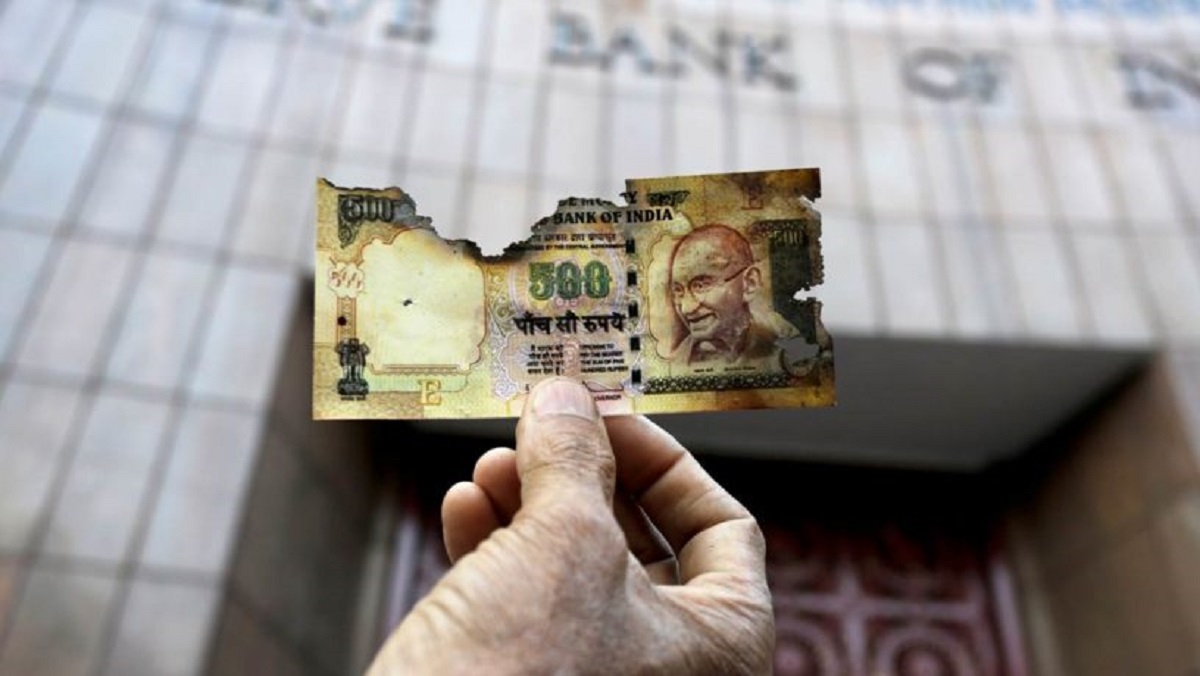
India’s Currency Cancellation: Seigniorage and Cantillon Effects
There is also a geographic skewness. Tea vendors in the city of Mumbai, for example, where new currency is appearing relatively promptly, are less hard-hit than tea vendors in the rural villages of Maharashtra.
The currency shortage may also cause structural imbalances in the economy for longer production processes. For instance, mid-November is the sowing season for the Rabi (winter) crop in India, which is harvested in spring. Farmers lacking access to valid new currency notes have been struggling to pay for seeds to sow during this crucial time. Farmers who thereby miss the sowing season will lose their entire year’s earnings, even though the shortage of notes is temporary. Industries supported by farmers (fertilizers, machinery, etc.) will also see a fall in demand, and earnings. The relative price changes may persist until spring, at the time of harvest, even if the shortage of currency is resolved sooner. Close to half of Indian families are engaged in agriculture, and it accounts for 16% of the GDP. The government yielded to obvious necessity last week and announced that it would grant farmers a special dispensation allowing them to use old 500 rupee currency notes through the sowing season. But similar problems arise in other lines of business, which the government cannot anticipate and make timely exceptions for. Another example is construction, an almost entirely a cash-based industry, where current projects are being postponed until new currency notes become sufficiently available. This postponement will have effects on housing supply and prices for several years ahead.
Supporters of the demonetization policy have (with or without accounting for all these harmful effects) argued that all together this is still a small price to pay for tackling the big problem of black money. As critics have pointed out, however, the note cancellation really won’t do much to fight tax evasion, corruption, or illicit commerce. It will hardly touch most “black wealth,” because the financially sophisticated already hold their illicit wealth in other forms: real estate, corporate shares, foreign bank balances, foreign currency notes, gold. The planned re-introduction of large notes will soon re-enable unreported large currency transactions. The tax system that invites evasion, and the political system that invites corruption, remain in place.
We tend to agree with Kelkar and Shah’s argument that the sensible ways to reduce the role of black money are through deregulation (fewer bribes to be paid in cash) and structural reform of India’s tax and capital controls system (fewer transactions to be hidden using cash). The wealth transfer to government may help to explain Prime Minister Modi’s enthusiasm for the currency cancellation and re-issue, despite its likely ineffectuality against black money.
______________
Co-authored with Shruti Rajagopalan, Assistant Professor in Economics at Purchase College, State University of New York, and Fellow at the Classical Liberal Institute, New York University Law School.
This article originally appeared at Alt-M.org.